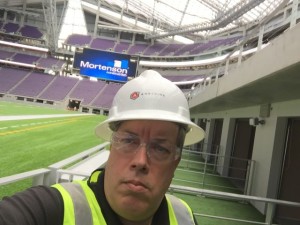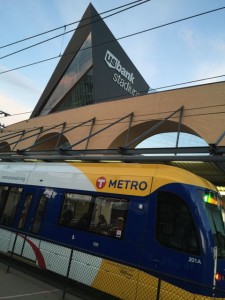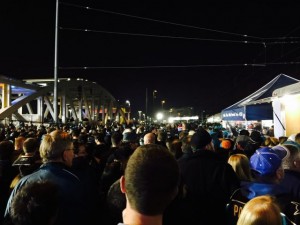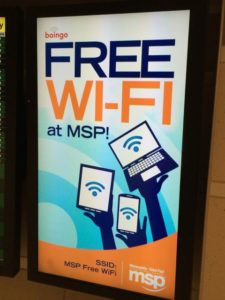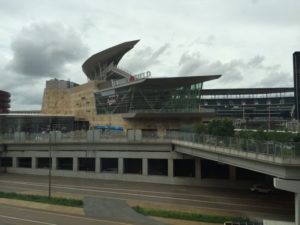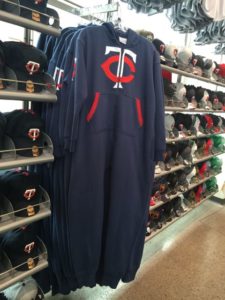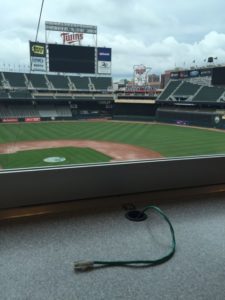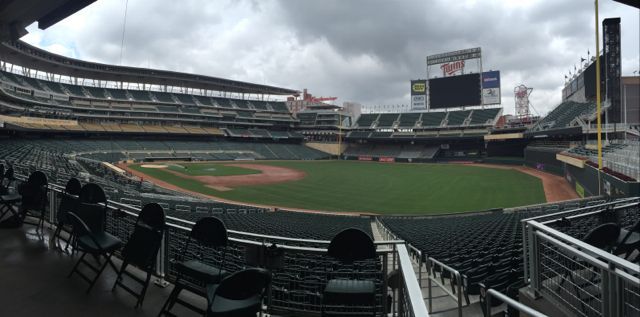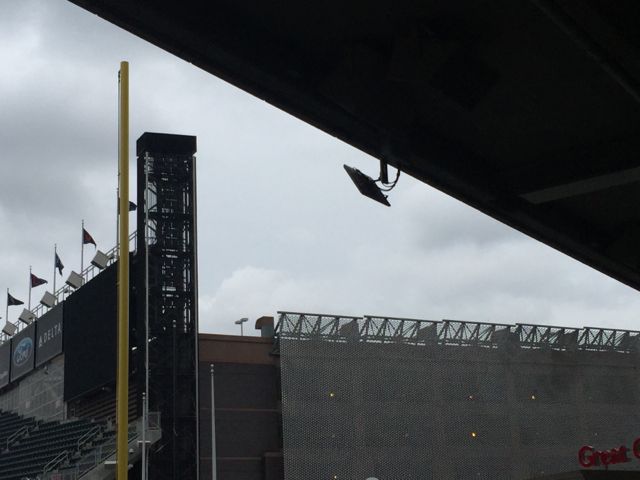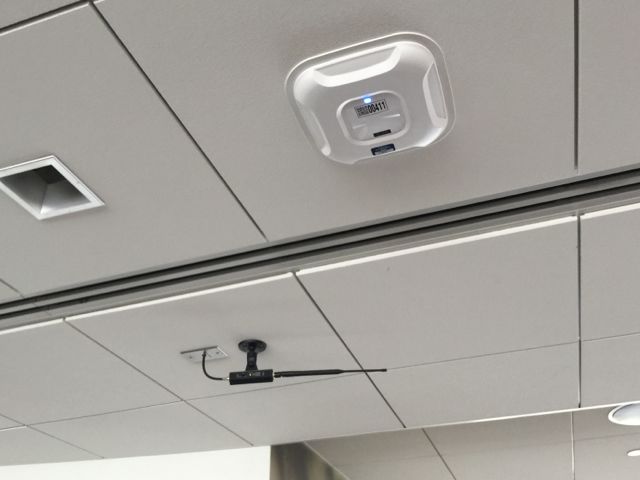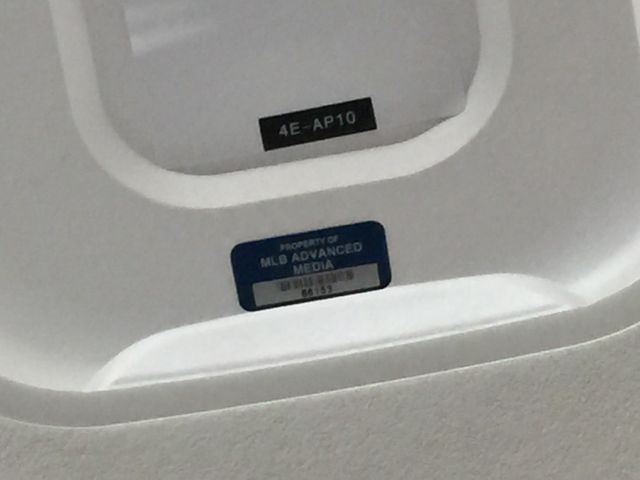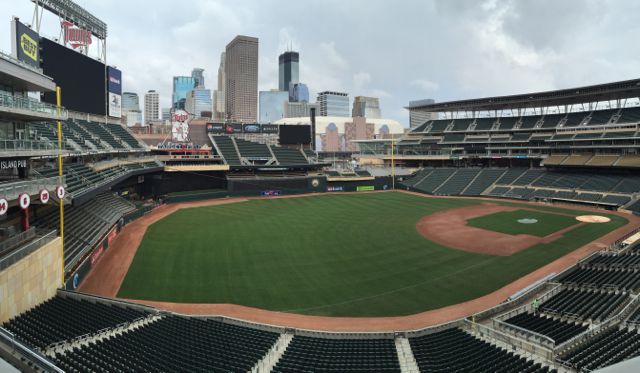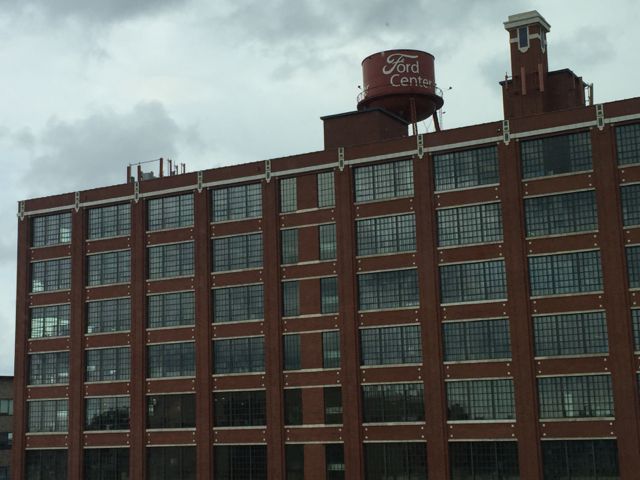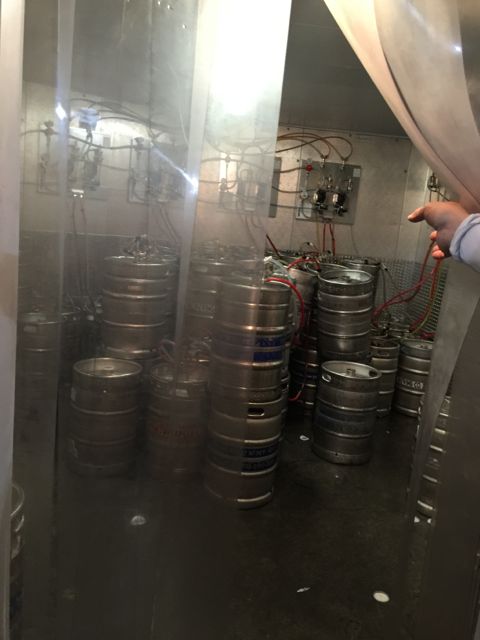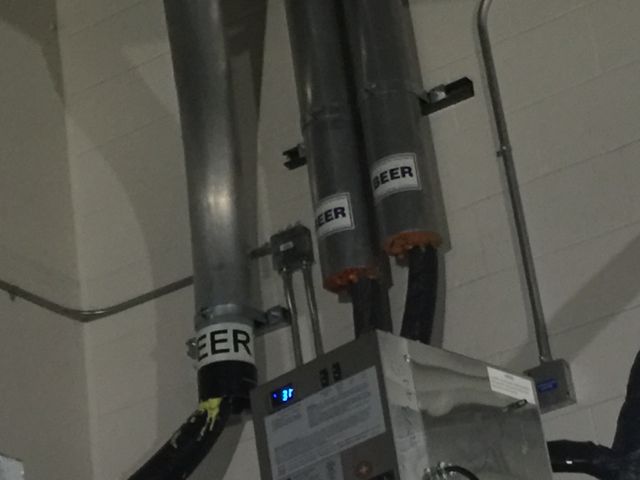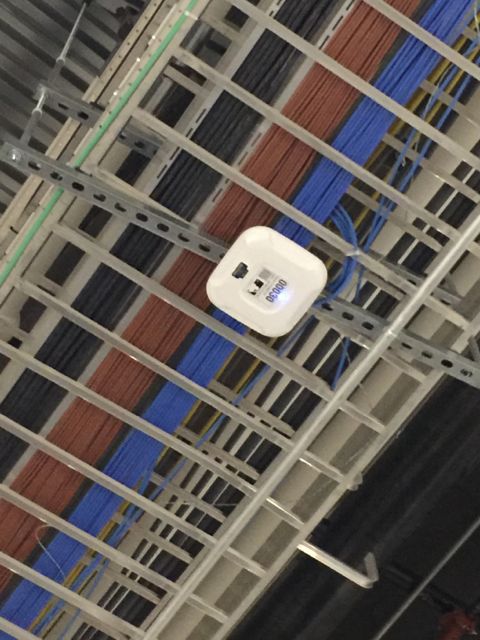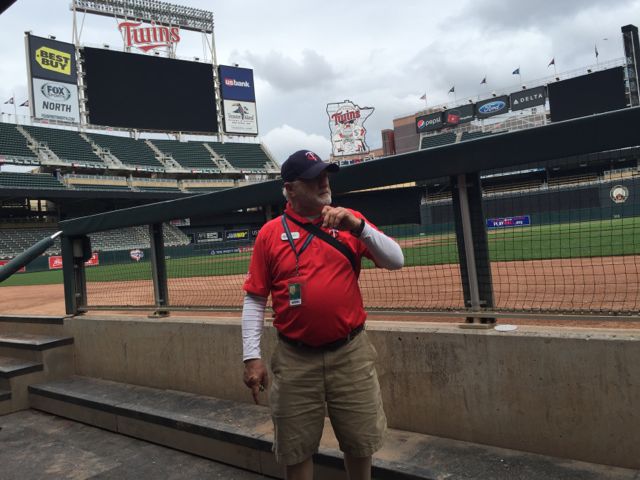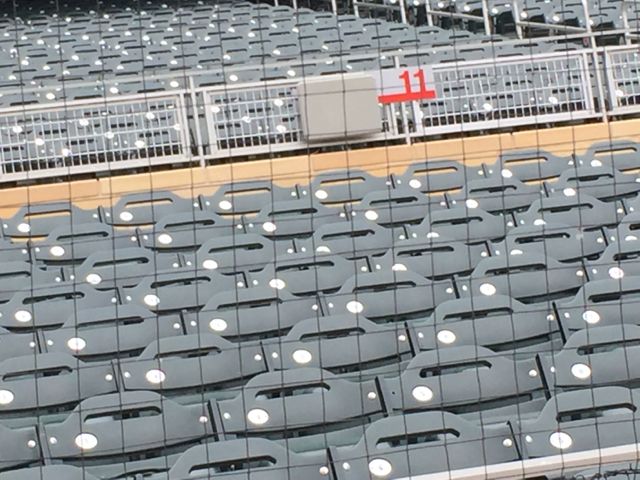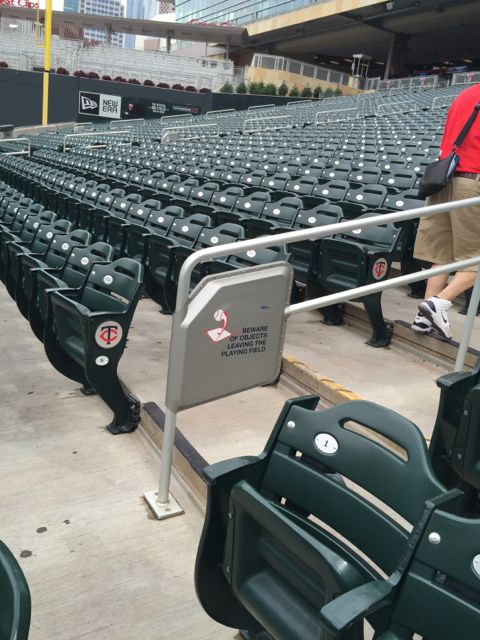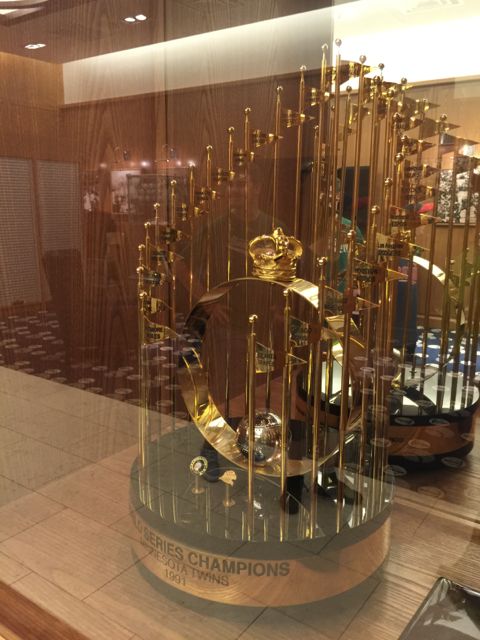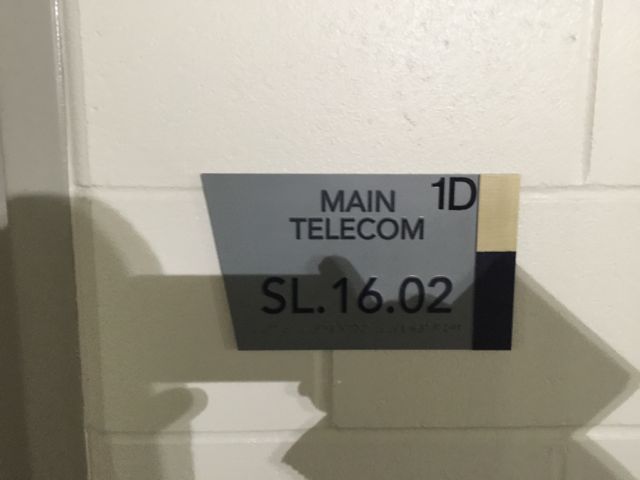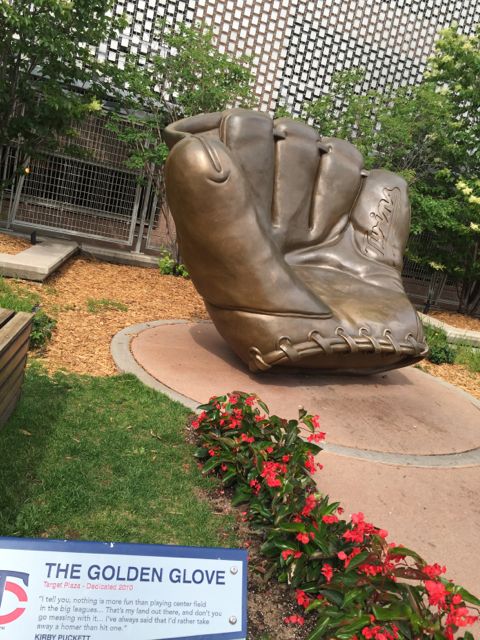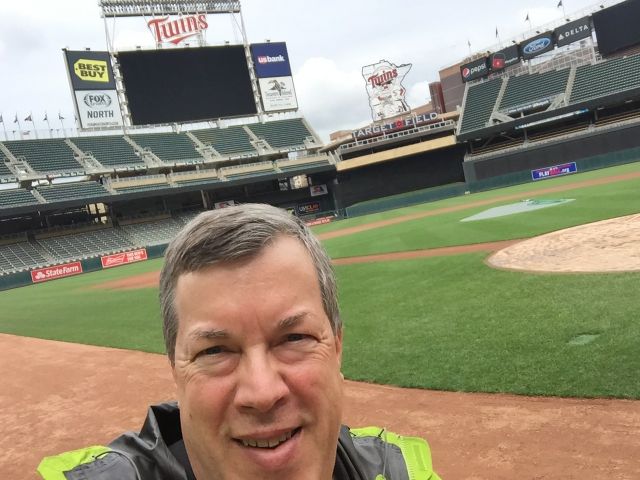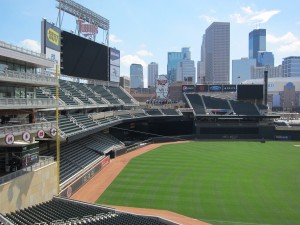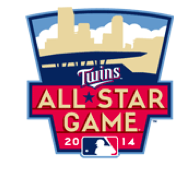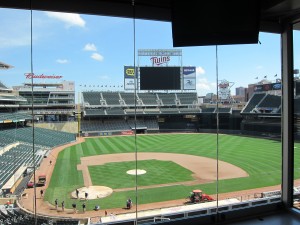Outside the architecturally angled walls of the stadium, what really impressed me during a recent quick visit to Minneapolis was how well the stadium operators are working with entities like the city, state and other large public gathering places, to ensure that the large streams of humanity traveling to and from the 67,000-seat facility have the best experience possible, both before and after events.
Like most travelers, my experience with Minneapolis’ integrated infrastructures started at the airport, where I took the simple and easy to understand light rail directly into downtown. I noticed that the train already stops directly at one of the US Bank Stadium doors, unlike some other stadiums where mass transit connections are a sometimes-lengthy walk away. That the stadium already has its own stop even before it opens shows that at the very least, people were thinking and talking even before the concrete was poured.
Mass transit a priority for US Bank Stadium
Editor’s note: This editorial is from our most recent STADIUM TECH REPORT, the Q2 issue which contains a feature story on Wi-Fi analytics, and a sneak peek of the Minnesota Vikings’ new US Bank Stadium. DOWNLOAD YOUR FREE COPY today!
With no large parking lots right next to the stadium and only some scattered lots (as far as I could tell) downtown, the light rail is clearly going to be an integral part of getting fans to and from the venue, both for regular-season Minnesota Vikings games as well as for Super Bowl 52 a couple Februarys from now. To make that trip easier, the light rail also extends past the airport to the Mall of America, a key link in the integrated civic infrastructure.
Why is the mall a part of this? Mainly because it is also a transit center (it has a large space where buses, trains and car parking are all together) and because it offers free parking – meaning that fans can simply park at the mall and spend a couple bucks taking the half-hour train to US Bank Stadium (or also to Target Field, which is just a few stops farther through downtown). Courtesy of a recent deployment there is now high-quality Wi-Fi in the mall itself, and at many places in Minnesota proper there is free civic Wi-Fi. There are also plans afoot to bring Wi-Fi to the light rail trains themselves. While it might not seem like much, the idea of being able to be highly connected all the way from parking at the mall to your seat in the stadium is a fan’s dream come true, enabling all the connectivity wants or needs that can happen during a game or event day.
Having witnessed some other stadiums opening without much coordination, it’s impressive and great to hear that the Vikings and Minneapolis are already planning for things like overcrowded trains after games (since more people leave at the same time than arrive at the same time), with plans to close off one of the stadium’s bordering streets and to have dozens of buses on hand to handle the overflow. There’s also plans to have stadium TVs show mass transit schedules as fans depart, and also options to remain downtown for post-game eating or celebrations.
How else are the Vikings, the city and the state planning to work together? In our interviews we heard about plans to use real-time traffic mapping to close off crowded exits and to direct fans to faster paths to and from the stadium, and to perhaps be able to communicate such directions to fans via the team’s new mobile app. While it all still needs to be done in real time on a real game day, just the thinking about the fact that a “game day” doesn’t start or stop at the stadium premises is a refreshing one, especially for a venue that will host a Super Bowl in just over a year and a half.While we’ve heard of other, similar plans to extend connectivity beyond the stadium walls – here we are thinking of the downtown plan around Nationwide Arena in Columbus, Ohio, and new plans for “fan plazas” outside such venues as Wrigley Field and Lambeau Field – the Vikings seem to have looked even farther out, to try to ensure that the connected fan experience goes as far as it possibly can. Again, the proof will be in the execution, but like the view from outside US Bank Stadium, the ideas hatching in Minnesota look pretty good.
